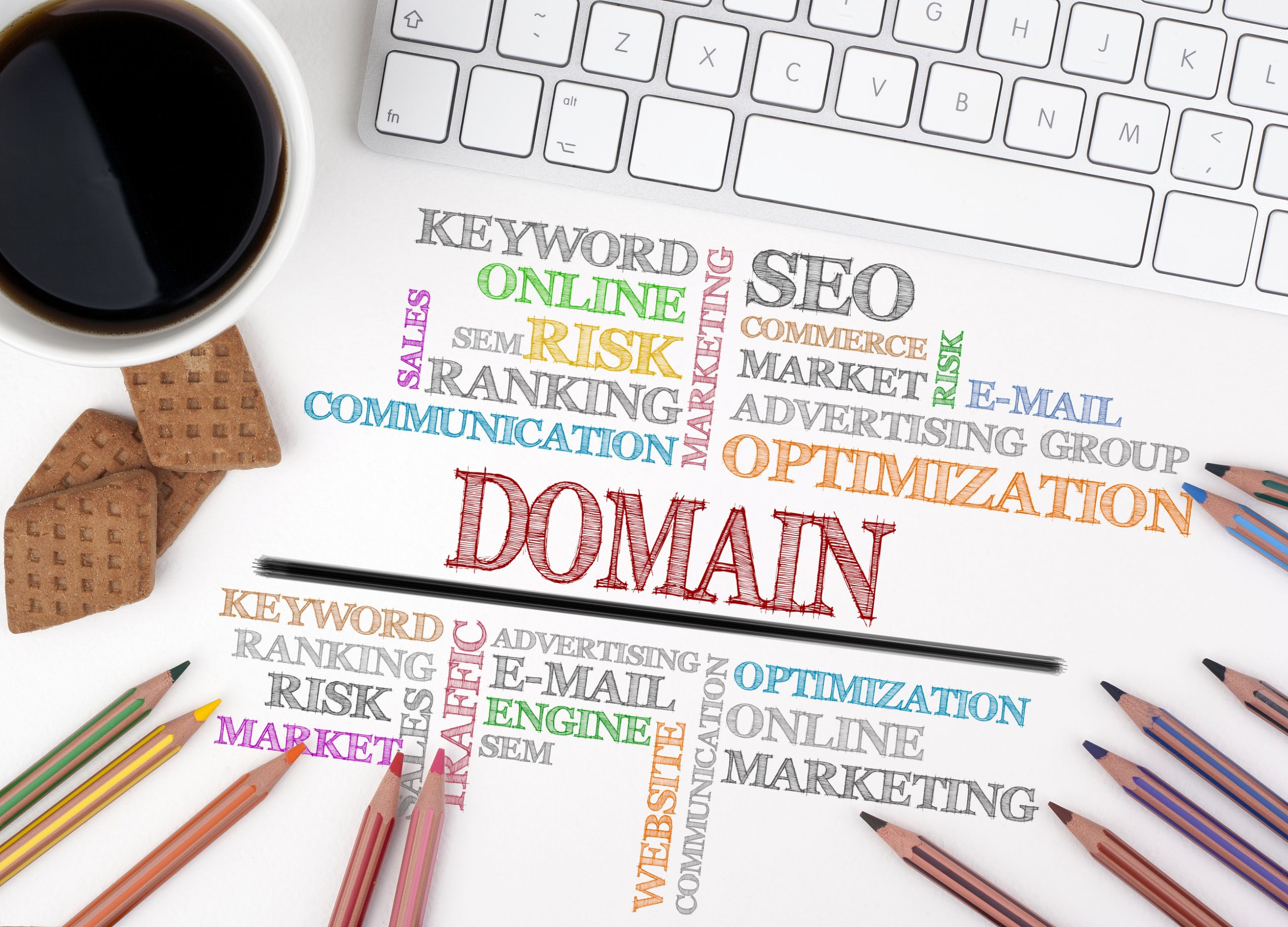With so much competition, it’s easy to wonder if the .com domain has lost its edge. Not so, says domain name expert Joe Uddeme. Here’s why.
As a super-premium domain broker and domain name valuation expert, we are continually asked if the .com is still as relevant as it once was.
The short answer is: “Absolutely!”
Branding remains at the forefront of all carefully executed advertising and marketing campaigns. It’s imperative that your message is clean, concise and to the point. Some of the largest and most successful companies around the globe understand the importance of brand appeal.
The domain name is the “foundation” for the brand. The .com domain name adds equity and credibility, and is easily memorable. We often refer to the .com as beach-front real estate.
Additionally, domain names are valuable and continue to retain that value. Most startups and brand managers understand the importance of the .com, as consumers have been programmed for years to gravitate towards it. It is irrefutably still relevant today.
Key Takeaways
- .com domains in everyday life
- The rise of mobile advertising
- Investing in .com domains makes sense
Advertising and .com
Take a typical 60-minute program on television. Within that hour, at least eighteen minutes are geared towards commercials. The rest of the time is actual programming.
There are six breaks of three minutes with six 30-second commercials per break. Five out of six brands advertise the .com in their marketing campaign. Furthermore, consumers have been programmed to gravitate towards .com.
Additionally, over the past 30+ years, top brands have acquired and marketed their companies with the top domain names, and to this day, .com reigns supreme.

Will advertising and marketing strategy shift?
Some would make the case that the .com is dying and losing value, especially with mobile marketing continuing to grow. While there might be some validity to this, it’s not entirely true.
Most efforts to change the .com as the dominant tld revolve around small to medium-sized businesses. These companies continue to acquire alternatives for a fraction of the price of the .com. Many of the alternative TLDs, however, are proving unpopular and, thus, of little value.
What does this mean for you?
Savvy brand managers and startups need to carefully select their brand and determine their scale and marketing reach. The .com is the only way to effectively add value to your brand and increase global appeal.
Remember, consumers have choices – more so than ever, and it’s important to make a good first impression. A dominant domain name is the cornerstone of any successful online presence.
In addition, Advertising is everywhere. As consumers, we are deluged with ads that saturate our minds with new products and services.
Finally, Take the challenge and review advertising best practices. Super premium and keyword-dominant .coms will continue to dominate the large-scale global appeal. In short, .coms will continue to add value to your global brand.
About the author
Joe Uddeme is Director and Principal of Name Experts, one of the world’s leading domain name brokerage services. He has overseen domain name sales and acquisitions totaling more than $150 million and is renowned worldwide as a go-to expert in buying and selling premium domains. Contact us at: [email protected]











